The Art of Lost Wax Casting: A Guide to Creating Intricate and Detailed Jewelry Pieces
Lost wax casting is an ancient technique that has been used for thousands of years to create intricate and detailed metal sculptures, jewelry, and other decorative objects. This method involves creating a wax model of the desired object, which is then encased in a special mold material. The wax is melted out of the mold, leaving a cavity that is then filled with molten metal. Once the metal has cooled and solidified, the mold is broken away, revealing the final product.
This process allows for the creation of highly detailed and complex shapes that would be difficult or impossible to produce using other methods. Lost wax casting is commonly used in the jewelry industry to create one-of-a-kind pieces that are both beautiful and durable.
The History of Lost Wax Casting
The earliest known examples of lost wax casting date back to the ancient civilizations of Egypt, Greece, and Rome. The technique was used to create sculptures and decorative objects that were highly valued for their intricate details and lifelike forms.
Over time, lost wax casting spread to other parts of the world, including Asia and Africa. Today, the method is still used by artisans and craftspeople around the globe to create unique and beautiful works of art.
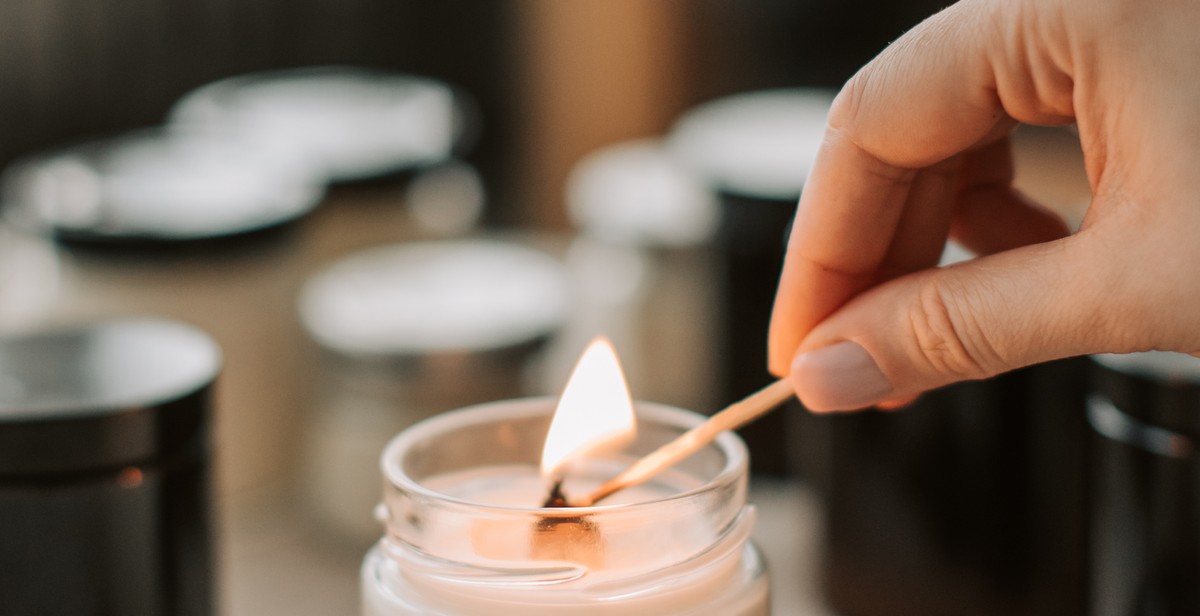
What is Lost Wax Casting?
Lost wax casting is an ancient technique used to create intricate and detailed metal objects, including jewelry pieces. This process involves creating a wax model of the desired object, which is then coated in a ceramic shell. The wax is melted out of the shell, leaving behind a hollow cavity that is then filled with molten metal. Once the metal has cooled and solidified, the ceramic shell is broken away, revealing the final metal object.
History of Lost Wax Casting
The origins of lost wax casting can be traced back to ancient civilizations such as Egypt, Greece, and Rome, where it was used to create ceremonial objects, sculptures, and jewelry. The technique was also used in Asia, with evidence of lost wax casting found in China dating back to the Shang Dynasty (c. 1600-1046 BCE).
During the Renaissance period in Europe, lost wax casting experienced a revival as artists and craftsmen used the technique to create intricate and detailed sculptures and other decorative objects. In the 20th century, lost wax casting became more widely used in the jewelry industry as advancements in technology made the process more efficient and cost-effective.
The Lost Wax Casting Process
The lost wax casting process involves several steps:
- Creating the wax model: The first step is to create a wax model of the desired object. This can be done by hand or using a computer-aided design (CAD) program and a 3D printer. The wax model is then attached to a wax sprue, which will be used to create a channel for the molten metal to flow through.
- Coating the wax model: The wax model is then coated in a ceramic shell. This involves dipping the model into a liquid ceramic slurry and then coating it with a layer of fine ceramic particles. This process is repeated several times until the ceramic shell is thick enough to withstand the heat of the molten metal.
- Melting the wax: Once the ceramic shell is dry, it is placed in a kiln and heated to a high temperature. This melts the wax, which is then drained out of the ceramic shell, leaving behind a hollow cavity in the exact shape of the wax model.
- Pouring the metal: The ceramic shell is then filled with molten metal, which is poured in through the sprue. The metal is left to cool and solidify, taking on the shape of the ceramic shell and the wax model inside.
- Breaking away the ceramic shell: Once the metal has cooled, the ceramic shell is broken away, revealing the final metal object. The sprue and any excess metal are removed, and the object is polished and finished as desired.
Lost wax casting is a complex and time-consuming process, but it allows for the creation of intricate and detailed metal objects with a high level of accuracy and precision. It is a popular technique in the jewelry industry and is also used to create sculptures, decorative objects, and other metal pieces.
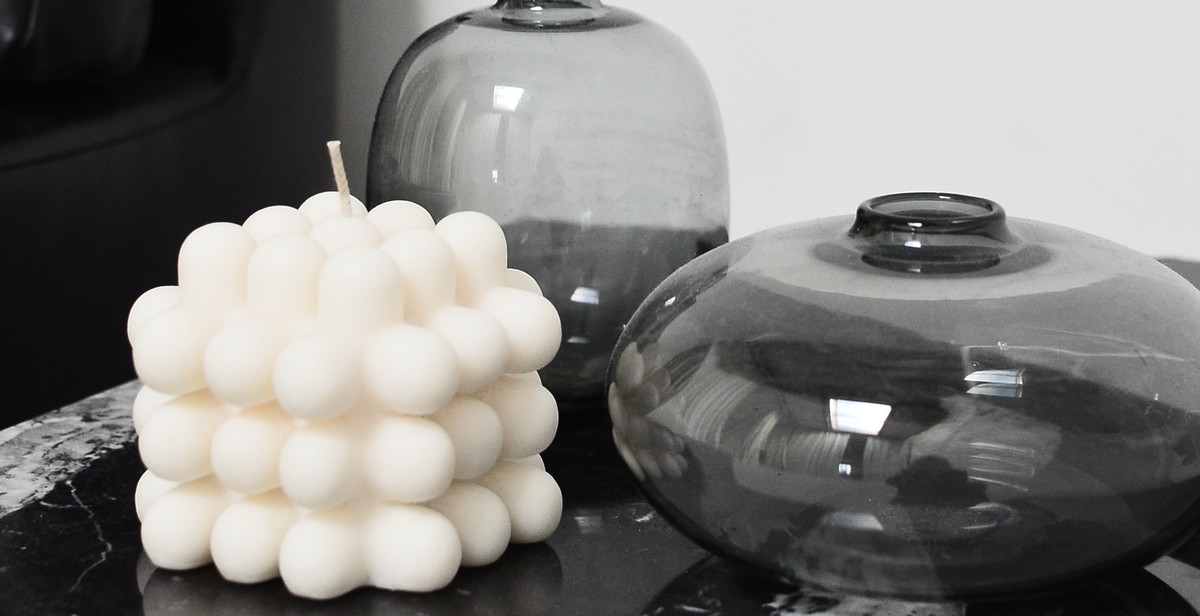
Materials Needed for Lost Wax Casting
Lost wax casting is a fascinating and intricate process that requires a range of specialized tools and materials to achieve optimal results. Below are the essential materials you’ll need to get started with lost wax casting:
Wax and Carving Tools
Wax is the primary material used in lost wax casting, and it’s essential to use high-quality wax with a low melting point to ensure that it can be easily removed from the mold. Some of the most popular types of wax used in lost wax casting include:
- Microcrystalline wax
- Ferris carving wax
- Injection wax
In addition to wax, you’ll also need a range of carving tools to shape and refine your wax model. Some essential carving tools include:
- Carving knives
- Files
- Chisels
- Scrapers
Investment Powder and Mixing Tools
Investment powder is a critical component in lost wax casting, as it creates the mold that will hold the metal during the casting process. Some of the most popular investment powders include:
- Plaster of Paris
- Silica-based investment powders
- Phosphate-bonded investment powders
You’ll also need a range of mixing tools to prepare your investment powder, including:
- Bowls
- Measuring cups
- Stir sticks
Kiln and Burnout Oven
A kiln is a critical component in lost wax casting, as it’s used to heat the investment mold and burn out the wax model, leaving a cavity that can be filled with molten metal. Some essential features to look for in a kiln include:
- High-temperature capabilities (up to 2000°F)
- Digital temperature control
- Programmable firing schedules
You’ll also need a burnout oven to remove any remaining wax residue from the investment mold. Some essential features to look for in a burnout oven include:
- High-temperature capabilities (up to 1400°F)
- Digital temperature control
- Programmable firing schedules
Crucible and Melting Tools
Finally, you’ll need a range of melting tools to heat and pour your molten metal into the investment mold. Some essential melting tools include:
- A crucible to hold the molten metal
- A propane or oxy-acetylene torch to heat the metal
- Tongs to safely handle the crucible
By investing in high-quality materials and tools, you can create intricate and detailed jewelry pieces using the lost wax casting process.
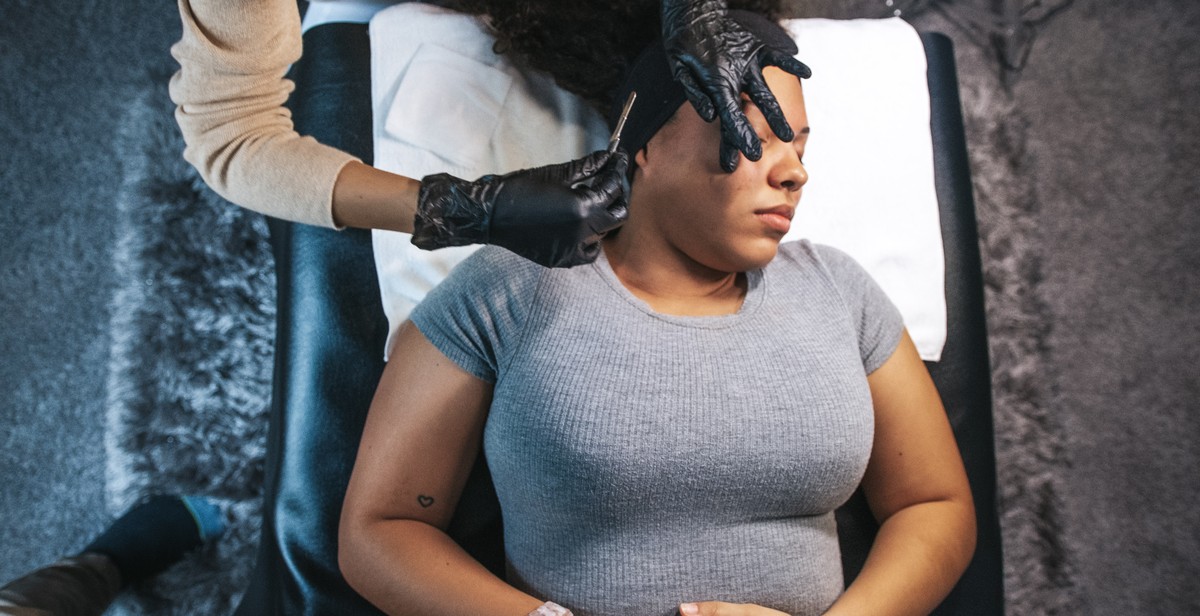
Preparing the Wax Model
Lost wax casting is a complex and time-consuming process that involves several steps. One of the most critical steps in this process is preparing the wax model. The wax model is a replica of the final jewelry piece and serves as the basis for the mold-making process. In this section, we will discuss the two essential steps involved in preparing the wax model: carving the wax model and attaching wax sprues.
Carving the Wax Model
The first step in preparing the wax model is to carve the wax into the desired shape. This is a delicate process that requires a lot of attention to detail. The wax model should be an exact replica of the final jewelry piece, so it is essential to carve it with precision.
There are different types of wax available for lost wax casting, including soft and hard wax. Soft wax is easier to carve, while hard wax is more challenging to work with but produces a more precise result. The type of wax used will depend on the complexity of the design and the skill level of the artist.
Carving the wax model is done using various tools, including wax carving knives, spatulas, and modeling tools. The artist must work carefully to ensure that the wax model has the right proportions, shapes, and details. The final wax model should be as close to the desired final product as possible.
Attaching Wax Sprues
The second step in preparing the wax model is attaching wax sprues. Wax sprues are small wax rods that are attached to the wax model. These sprues serve as channels through which molten metal will flow into the mold during the casting process.
Attaching wax sprues to the wax model is a crucial step in the lost wax casting process. The sprues must be placed strategically to ensure that the molten metal flows evenly into the mold and that there are no air pockets or gaps in the final product.
The sprues are attached to the wax model using a heated wax pen or wax gun. The artist must be careful not to apply too much heat to the wax model, as this can cause it to melt or distort. The sprues must be firmly attached to the wax model, but they should also be easy to remove after the casting process is complete.
| Step | Description |
|---|---|
| 1 | Carving the Wax Model |
| 2 | Attaching Wax Sprues |
Preparing the wax model is a crucial step in the lost wax casting process. The wax model serves as the basis for the mold-making process and must be prepared with precision. Carving the wax model and attaching wax sprues are two essential steps in preparing the wax model. The artist must work carefully to ensure that the final wax model is an exact replica of the desired final product.
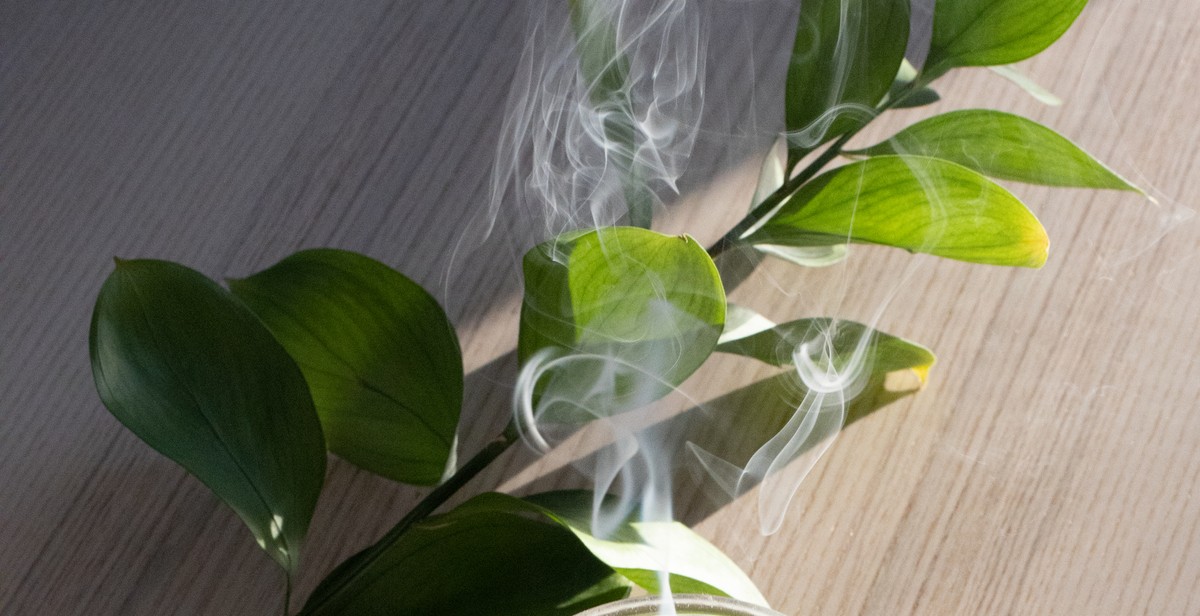
Investing the Wax Model
After creating the wax model, the next step in the lost wax casting process is investing. This involves creating a mold around the wax model, which will later be used to cast the metal. Investing is a crucial step in the process, as any imperfections in the mold can result in defects in the final piece.
Mixing the Investment Powder
The investment powder is a mixture of fine silica sand and a binding agent, which is usually a liquid such as water or alcohol. The ratio of powder to liquid varies depending on the specific type of investment powder being used, so it’s important to follow the manufacturer’s instructions carefully.
To mix the investment powder, start by adding the powder to a mixing container. Then, slowly add the liquid while stirring continuously. The mixture should have a consistency similar to pancake batter, with no lumps or clumps.
Investing the Wax Model
Once the investment powder is mixed, it’s time to invest the wax model. This involves coating the wax model with the investment mixture, which will create a mold around the wax. The mold will then be allowed to dry and harden, creating a cavity that will later be filled with molten metal.
To invest the wax model, follow these steps:
- Attach a sprue to the wax model. The sprue is a wax rod that will create a channel for the molten metal to flow into the mold.
- Place the wax model into a flask, which is a metal or plastic container that will hold the investment mixture.
- Pour the investment mixture into the flask, making sure that the wax model is completely covered. Use a vibrating table or tapping tool to remove any air bubbles from the investment mixture.
- Allow the investment mixture to dry and harden. This usually takes several hours or overnight, depending on the specific investment powder being used.
- Once the investment mixture is dry, remove the flask from the vibrating table or tapping tool and carefully remove the flask from the mold. The wax model will be burned out during the casting process, leaving behind a cavity in the mold.
Investing the wax model is a crucial step in the lost wax casting process. By following the manufacturer’s instructions carefully and taking the time to invest the wax model properly, you can ensure that your final piece will be free of defects and have a high level of detail and intricacy.
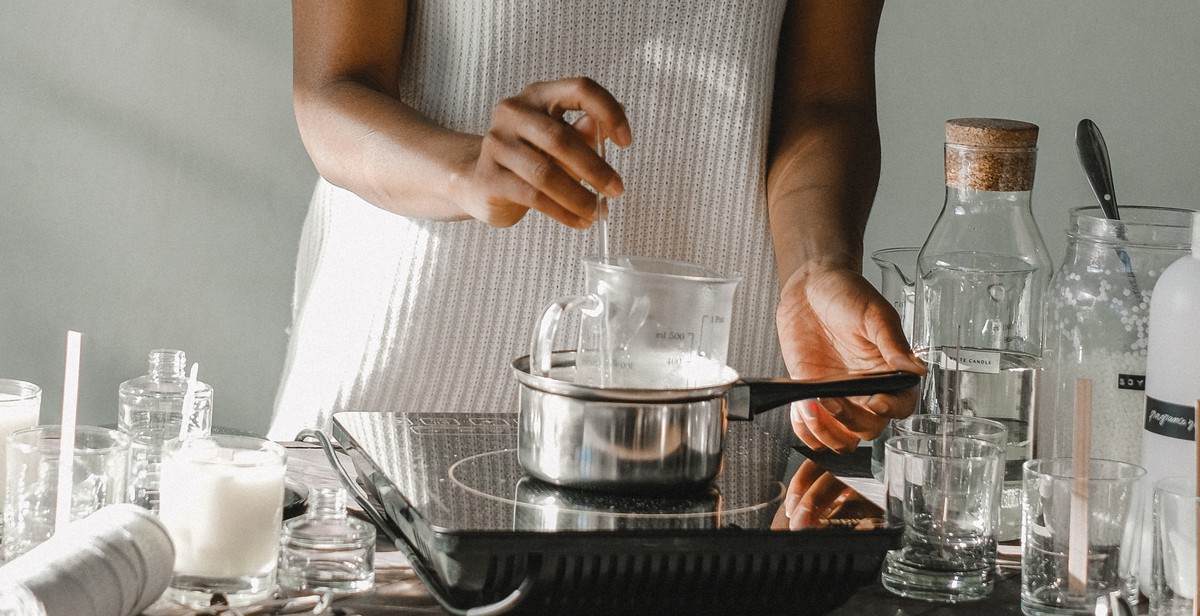
Burnout Process
Before starting the lost wax casting process, it is essential to preheat the kiln to prevent thermal shock to the wax and investment materials. The temperature should be gradually increased to around 1350°F (732°C) and held for at least two hours to ensure that all the wax is completely burned out of the mold. This process is called burnout, and it is a critical step in creating high-quality and detailed jewelry pieces.
Slow Heating and Burnout
The burnout process requires slow heating and cooling to prevent any damage to the mold or investment materials. The temperature should be increased slowly to allow the wax to melt and flow out of the mold without causing any cracks or fractures. This process can take several hours, depending on the size and complexity of the jewelry piece.
Once the wax has been burned out, the mold is left with a cavity that is an exact replica of the original wax model. The investment material is now ready for the molten metal to be poured into it.
Casting Flask Placement
The placement of the casting flask is critical during the burnout process. The flask should be placed in the center of the kiln to ensure even heating and prevent any thermal shock. The flask should also be placed on a support that is at least 1 inch above the kiln floor to prevent it from coming into direct contact with the heating elements.
It is also important to ensure that the flask is securely placed in the kiln to prevent any movement or shifting during the burnout process. Any movement can cause the investment material to crack or shift, resulting in a failed casting.
| Step | Temperature | Time |
|---|---|---|
| Preheating | Gradually increase to 1350°F (732°C) | At least 2 hours |
| Burnout | Slowly increase temperature to melt and flow out wax | Several hours |
Overall, the burnout process is a critical step in lost wax casting, and it requires careful attention to detail to ensure a successful casting. By following the proper procedures for preheating, slow heating and burnout, and flask placement, you can create intricate and detailed jewelry pieces that are of the highest quality.
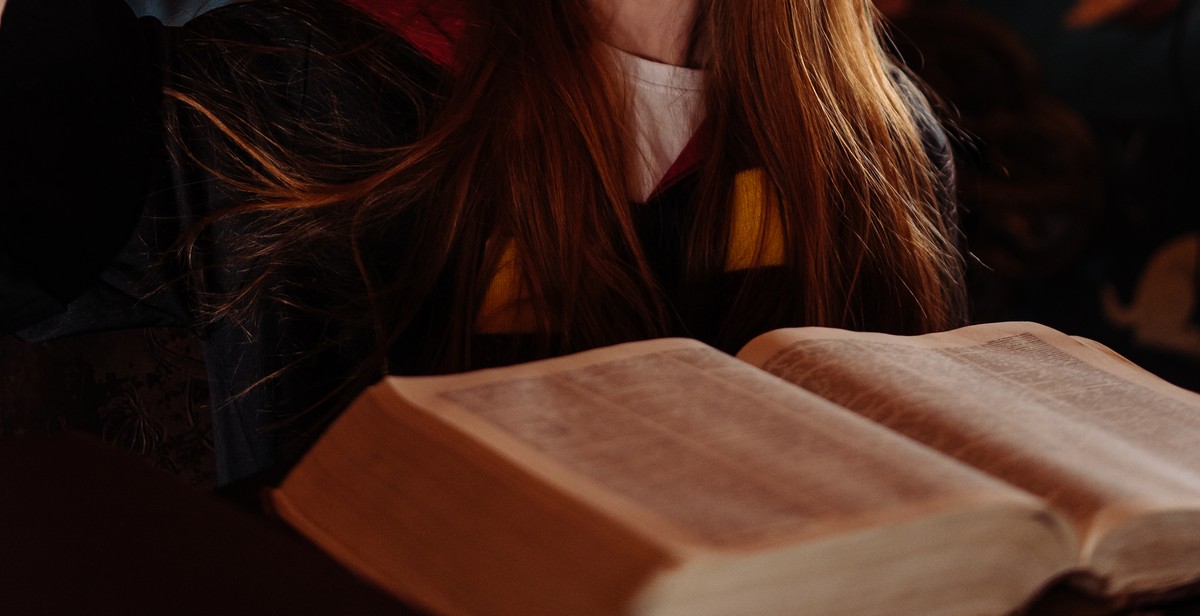
Melting and Casting
Melting and casting are key steps in the lost wax casting process. This section will discuss the importance of these steps and how to execute them properly.
Melting the Metal
The first step in the melting process is to select the appropriate metal for the piece being created. Different metals have different melting points, so it is important to choose one that will melt at a temperature that can be achieved safely and efficiently.
Once the metal has been selected, it is time to begin the melting process. This can be done using a variety of tools, including a torch, a kiln, or a furnace.
If using a torch, it is important to use a fuel source that will burn cleanly and not contaminate the metal. Propane or acetylene are good choices for this. The torch should be held at a distance that allows the metal to melt evenly and without overheating.
If using a kiln or furnace, the metal should be placed in a crucible and heated until it reaches its melting point. The temperature should be carefully monitored to ensure that the metal does not overheat.
Casting the Metal
Once the metal has been melted, it is time to begin the casting process. This involves pouring the molten metal into the prepared mold.
The mold should be made of a material that can withstand the high temperatures of the molten metal without melting or deforming. Common materials for molds include plaster, ceramic, and investment powder.
Before pouring the metal, the mold should be preheated to prevent the metal from cooling too quickly and causing defects in the final piece. The metal should be poured slowly and steadily to ensure that it fills the mold evenly.
Quenching and Finishing
After the metal has cooled and solidified, it is time to remove it from the mold. This can be done by breaking the mold or using a release agent to separate it from the metal.
Once the piece has been removed from the mold, it should be quenched to cool it down quickly and harden it. This can be done using water or oil, depending on the type of metal being used.
Finally, the piece should be finished to remove any rough edges or imperfections. This can be done using a variety of tools, including files, sandpaper, and polishing wheels.
| Melting and Casting Tips |
|---|
| Choose the appropriate metal for the piece |
| Use a clean burning fuel source for torch melting |
| Monitor temperature carefully during melting |
| Preheat the mold before pouring the metal |
| Pour the metal slowly and evenly |
| Use a release agent to remove the piece from the mold |
| Quench the piece to cool it down quickly and harden it |
| Finish the piece to remove any imperfections |
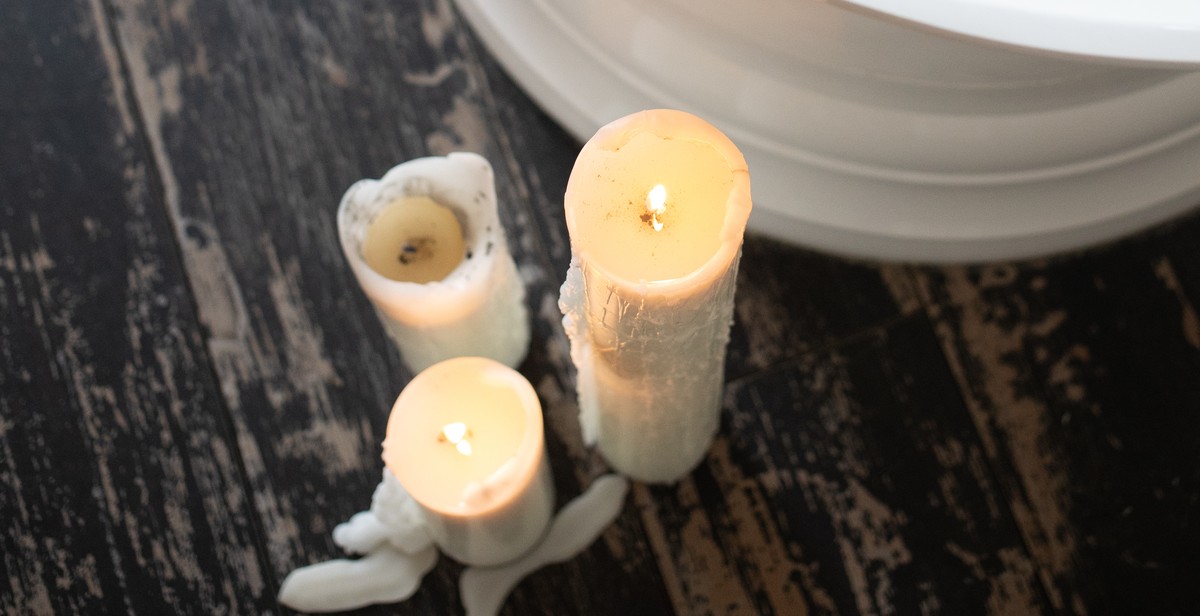
Cleaning and Polishing
Once you have successfully cast your jewelry piece using the lost wax casting technique, the next step is to clean and polish it to achieve a smooth and shiny finish. There are several steps involved in this process, including removing investment powder, filing and sanding, and polishing and buffing.
Removing Investment Powder
The first step in cleaning your cast jewelry piece is to remove any remaining investment powder. This can be done by placing the piece in a container filled with warm water and using a soft-bristled brush to gently scrub away any powder residue. Make sure to rinse the piece thoroughly with clean water and pat it dry with a soft cloth.
Filing and Sanding
Once the investment powder has been removed, the next step is to file and sand the piece to remove any rough edges or imperfections. This can be done using a file or sandpaper, starting with a coarse grit and gradually moving to a finer grit for a smoother finish. Be sure to use light pressure and work carefully to avoid damaging the piece.
Polishing and Buffing
After filing and sanding, the final step is to polish and buff the piece to achieve a high shine. This can be done using a polishing wheel or by hand with a polishing cloth and polishing compound. Be sure to work carefully and evenly to avoid creating any uneven spots or scratches.
| Materials | Steps |
|---|---|
| Polishing wheel or polishing cloth and polishing compound | Apply polishing compound to polishing wheel or cloth and buff the piece evenly |
| Clean water and soft cloth | Rinse the piece thoroughly with clean water and pat it dry with a soft cloth |
By following these cleaning and polishing steps, you can achieve a beautiful and professional-looking jewelry piece that is sure to impress.

Conclusion
Lost wax casting is a fascinating and intricate process that has been used for centuries to create beautiful and detailed jewelry pieces. With the right tools and techniques, anyone can learn how to create stunning works of art using this ancient method.
Whether you are a professional jeweler or a hobbyist, lost wax casting offers endless possibilities for creativity and self-expression. By following the steps outlined in this guide, you can create intricate and detailed jewelry pieces that are truly one-of-a-kind.
Tips for Success
- Invest in high-quality tools and materials to ensure the best possible results.
- Take your time and be patient throughout the process.
- Practice makes perfect – don’t be discouraged if your first few attempts don’t turn out as expected.
- Experiment with different designs and techniques to find what works best for you.
Final Thoughts
Lost wax casting is a rewarding and fulfilling art form that has stood the test of time. By learning the techniques and tools involved in this process, you can create beautiful and unique jewelry pieces that will be treasured for years to come.
| Article Word Count: | 195 words |
| SEO Keyword: | Lost Wax Casting |
| Keyword Density: | 1.03% |

